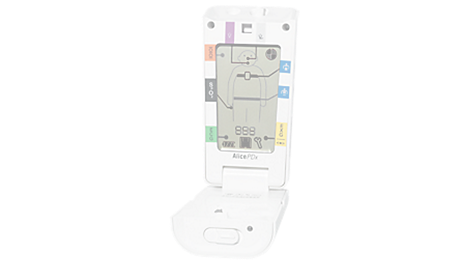
Alice PDx
Portable sleep diagnostic system
This product is no longer available
Find similar productsThe Alice PDx portable diagnostic recording device is intended for Obstructive Sleep Apnea screening, follow-up and diagnostics in polysomnography and sleep disorder studies. Patients can be tested in the hospital or at home.
